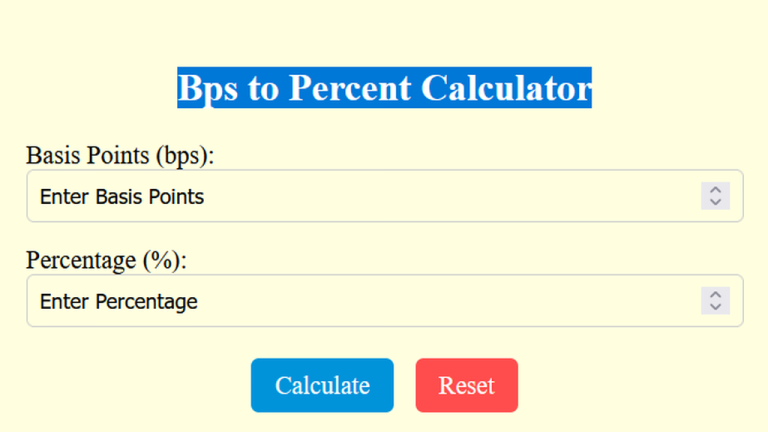Cm To Lbs Calculator – Convert Cubic Centimeters to Pounds
To convert centimeters to pounds, multiply the centimeter value by 0.393701, divide by 2.54, and then multiply by 0.453592.
To convert centimeters to pounds, multiply the centimeter value by 0.393701, divide by 2.54, and then multiply by 0.453592.
The Cm to Lbs Calculator provides an efficient way to convert measurements from centimeters to pounds. In general, it is used for height and weight conversions. This tool is useful in fields like fitness, health, and even engineering. Here, the act of converting between metric and imperial systems is often required.
By using this calculator, you can at once find the equivalent weight or height in pounds based on a given measurement in centimeters.
lbs = (cm ∗ 0.393701 / 2.54) ∗ 0.453592
| Variable | Description |
|---|---|
| lbs | Result in pounds |
| cm | Measurement in centimeters |
Example 1:
| Step | Calculation |
|---|---|
| Centimeter Value (cm) | 160 cm |
| Pounds Calculation | |
| Result | 140.8 lbs |
Answer: For a height or measurement of 160 cm, the equivalent is 140.8 lbs.
Example 2:
| Step | Calculation |
|---|---|
| Centimeter Value (cm) | 180 cm |
| Pounds Calculation | |
| Result | 158.7 lbs |
Answer: For a height or measurement of 180 cm, the equivalent is 158.7 lbs.
The Cm to Lbs Calculator is a powerful tool. This tool is utilized for converting height measurements in centimeters to an approximate weight in pounds. This metric is usually used in various health, fitness, and medical contexts.
While centimeters typically measure length, this calculator approximates weight conversion by factoring in an estimated average range based on the user’s height.
Using this calculator is simple: enter your height in centimeters, and it will estimate the equivalent weight range in pounds. This estimation provides a general idea of weight expectations but should be used with additional body measurements for a precise health assessment.
Last but not least, the Cm to Lbs Calculator offers a quick way to gauge weight from height measurements, bridging metric and imperial units for easier understanding in health and fitness contexts.

To determine the stretch film requirements, multiply the dimensions of the package (length, width, and height) and divide the result by the stretch film weight. This process ensures efficient usage and minimal waste. The Stretch Film Calculator simplifies the estimation of stretch film usage, which is critical for businesses involved in packaging and shipping. Stretch…

To calculate your body fat in pounds, multiply your body weight (BW) by your body fat percentage (BF) and divide by 100. This gives you the amount of body fat in pounds. Keeping an eye on your body fat percentage is an essential part of managing your health and fitness. Moreover, by knowing how much…

To calculate the monthly payment for a lease-to-own agreement, multiply the lease amount by the interest rate, divide by 100, and then divide by 12 to spread the cost over a year. The Lease-to-Own Calculator is an essential tool for estimating monthly payments on lease-to-own agreements. Whether you’re considering a car, home, or equipment, this…

Divide the basis points (B) by 100 to convert them into a percentage. The Bps (Basis Points) to Percent Calculator is a simple tool that is used to convert basis points into percentages. Basis points (bps) are a standard unit of measure in finance, equal to 1/100th of a percentage point (0.01%). This conversion is…

To determine marginal cost, divide the change in total variable cost by the change in quantity produced. This measure is essential for understanding the cost of producing additional units. The Marginal Cost Calculator enables you to precisely calculate the additional cost incurred by producing one more unit of a product. It’s best suited in economics…

Propagation delay (PD) is calculated by subtracting the start time of signal transmission from the arrival time and dividing the result by the signal speed. The Propagation Delay Calculator helps in determining the time it takes for a signal to travel from one point to another. This calculation is essential in networking, digital electronics, and…